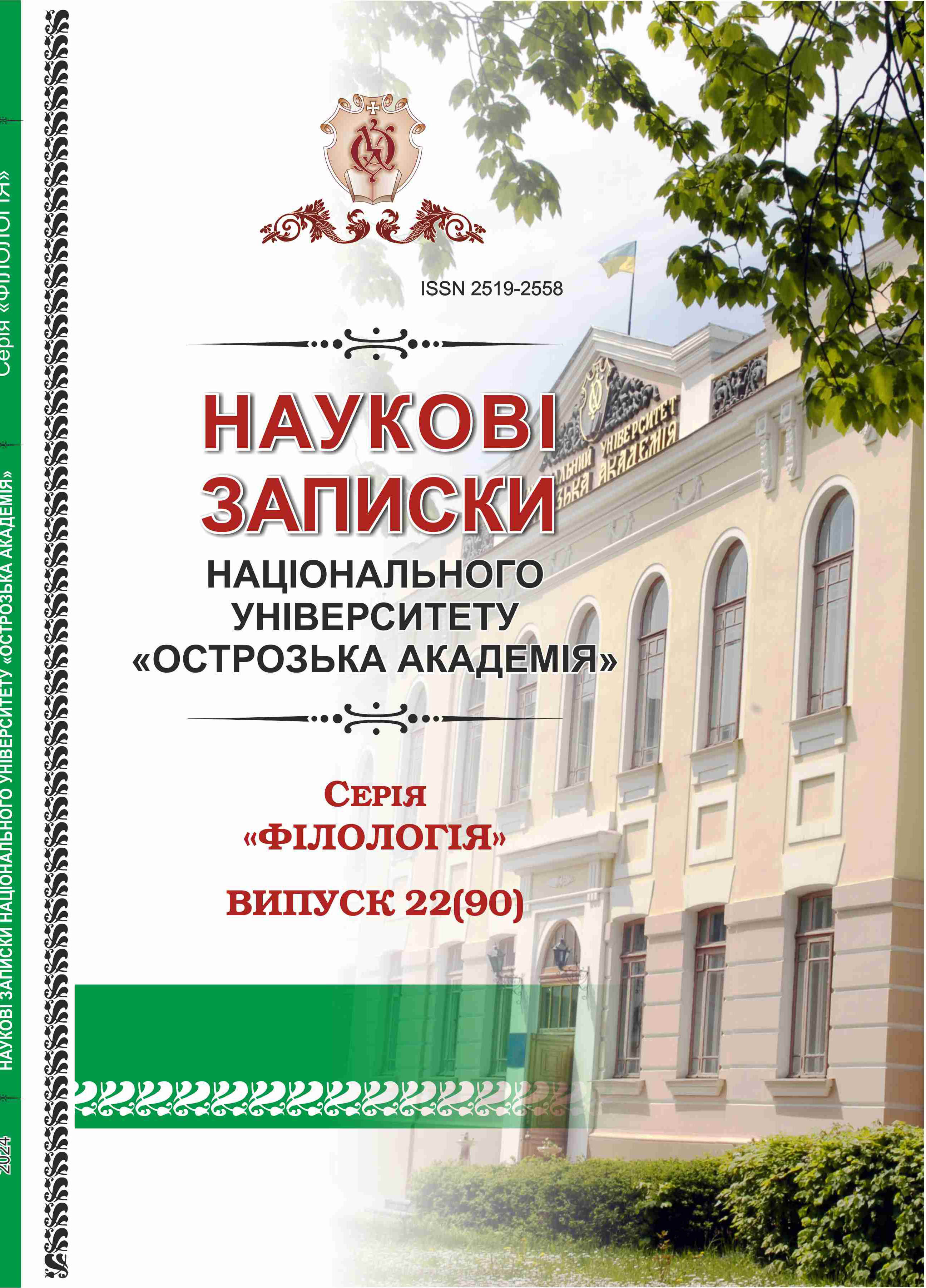ARCHITECTONICS OF LOST PLACES: THE SYMBOLISM OF EMPTY BUILDINGS IN THE WORK BY H. PAHUTYAK “SUNSET IN URIZH”
Keywords:
geopoetics, identity, Pahutyak, memory, spaceAbstract
The article considered the problem of space in fiction on the example of H. Pahutyak’s story “Sunset in the Urizh”. The work is focused on the topic of empty houses, and their conceptual meaning, in particular, on the writer’s use of images of abandoned places to convey the dynamics of the plot and the development of characters. Taken into account as real as symbolic aspects of the houses, which influence the course of events. Additionally, the function of the Urizh as an individual closed universe, is the centre of local existence in the work. It is found that the author creates an alternative mystified dimension, where the themes of alienation, disoriented, and loss develop through the interaction of the characters with the buildings. The analysis of the individual characteristics of the dwellings and the behaviour patterns of the heroes about them allows us to trace the role of destroyed houses in changing the psycho-emotional state of the protagonists. In this way, the space appears not only as an arena of events but also as their immediate active participant, influencing the structure of reality and its perception. By revealing the personal history of the homes and their owners, the writer plunges the reader into the depths of the psyche of the heroes, demonstrating the flow of their thoughts, the development of internal conflicts, and the search for identity. Bodily and mental analogies between the woman and the houses emphasize the instability of her position, demonstrate the depression of the soul and the instability of the mental state of the character, the desire to escape from loneliness and the search for a connection with her own “I”. The article proves that in the context of H. Pahutyak’s work, the image of empty buildings acquires the meaning of an indicator of the main character’s subconscious. Abandoned houses become archetypal objects whose function is to reflect collective aspects of human experience. The findings of the study contribute to a better understanding of the role of space in the artistic text, in particular in highlighting the characters’ personalities.

